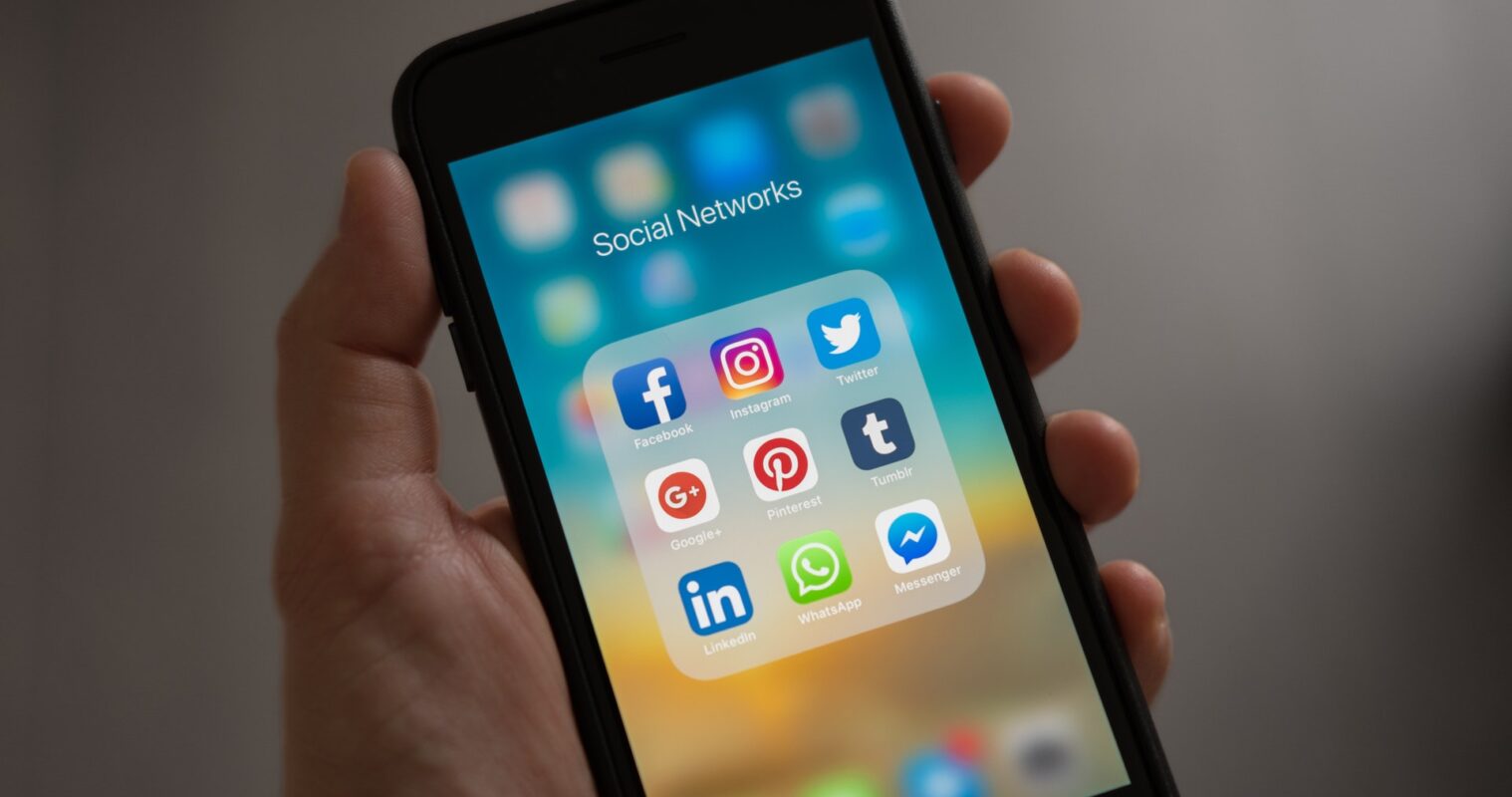Table of contents:
- What is Buyer Intent Data?
- How to leverage intent data with LinkedIn
- Let’s see this in action!
- I want to find out more
LinkedIn is rightly recognised as the leader in B2B social marketing, with a user base of over 760 million business-focused members.
Statistics demonstrate that an ad on LinkedIn can reach 13% of the world’s audience, and 40 million use it to search for jobs every week. Other stats reveal that 96% of content marketers use LinkedIn, and 89% of B2B salespeople use it for lead generation. However, with such widespread use LinkedIn has become a victim of its own success.
With so much content shared and so many salespeople mining LinkedIn for leads, the original purpose of a social media platform for business users has been lost. The endless connection requests, templated messages, and poor sales pitches turn many users off. LinkedIn’s effectiveness for lead generation has been on the wane.
Officially, connection requests on LinkedIn are only meant to be made only to people you know – but it is an open secret that this is not followed. So in response, and with a rise in scams and spam, LinkedIn has taken drastic action and limited the number of connection requests for everyone to a maximum of 100 per week. This has significantly reduced the effectiveness of LinkedIn as a B2B lead generation tool.
So with these new realities in mind, a different approach is needed to get the maximum value out of LinkedIn. This is where buyer intent data can play a pivotal role.
What is Buyer Intent Data?
A quick recap…buyer intent data is the automated insight of company and contact level data garnered from the trail of data that B2B users leave online when researching a product or service. For example, B2B prospects engage with a competitor’s social media or use a Twitter keyword. These are examples of ‘buying signals’.
For more information, read our article (containing 6 great facts!) on buyer intent data.
How to leverage intent data with LinkedIn
LinkedIn has many ways that you can identify and reach out to contacts. The most effective and best ways will always involve some costs, either through LinkedIn paid membership or by using LinkedIn ads.
LinkedIn has the ability to target individuals in granular detail using a range of criteria such as job title, industry, interests or skills.
But reaching your ideal customer profile is only half the battle, and with LinkedIn’s new connection limit restrictions, is it really worth the effort to reach a key decision-maker at the wrong time or with the wrong message?
That is where intent data can be decisive in your LinkedIn marketing by adding context to your prospect lists.
Intent data can help your LinkedIn outreach in 3 ways:
- Approaching the right prospects
- Approach with the most relevant content based on intent
- Approach at the right time

